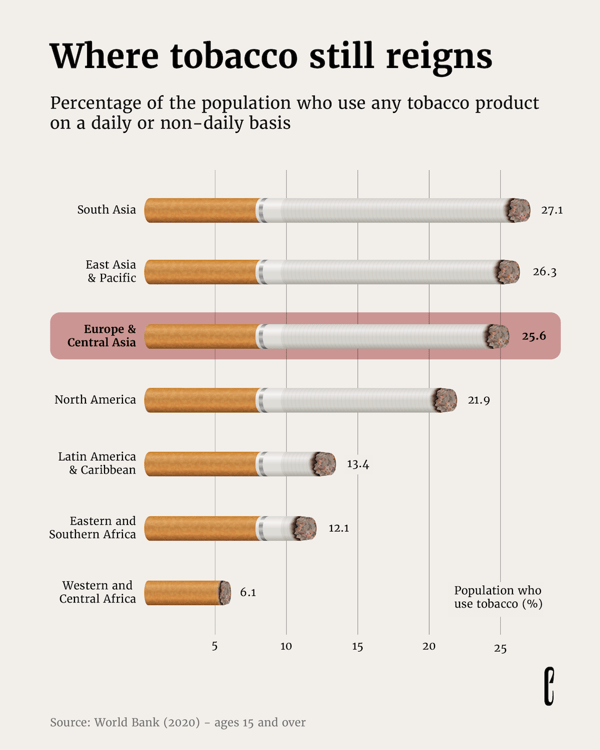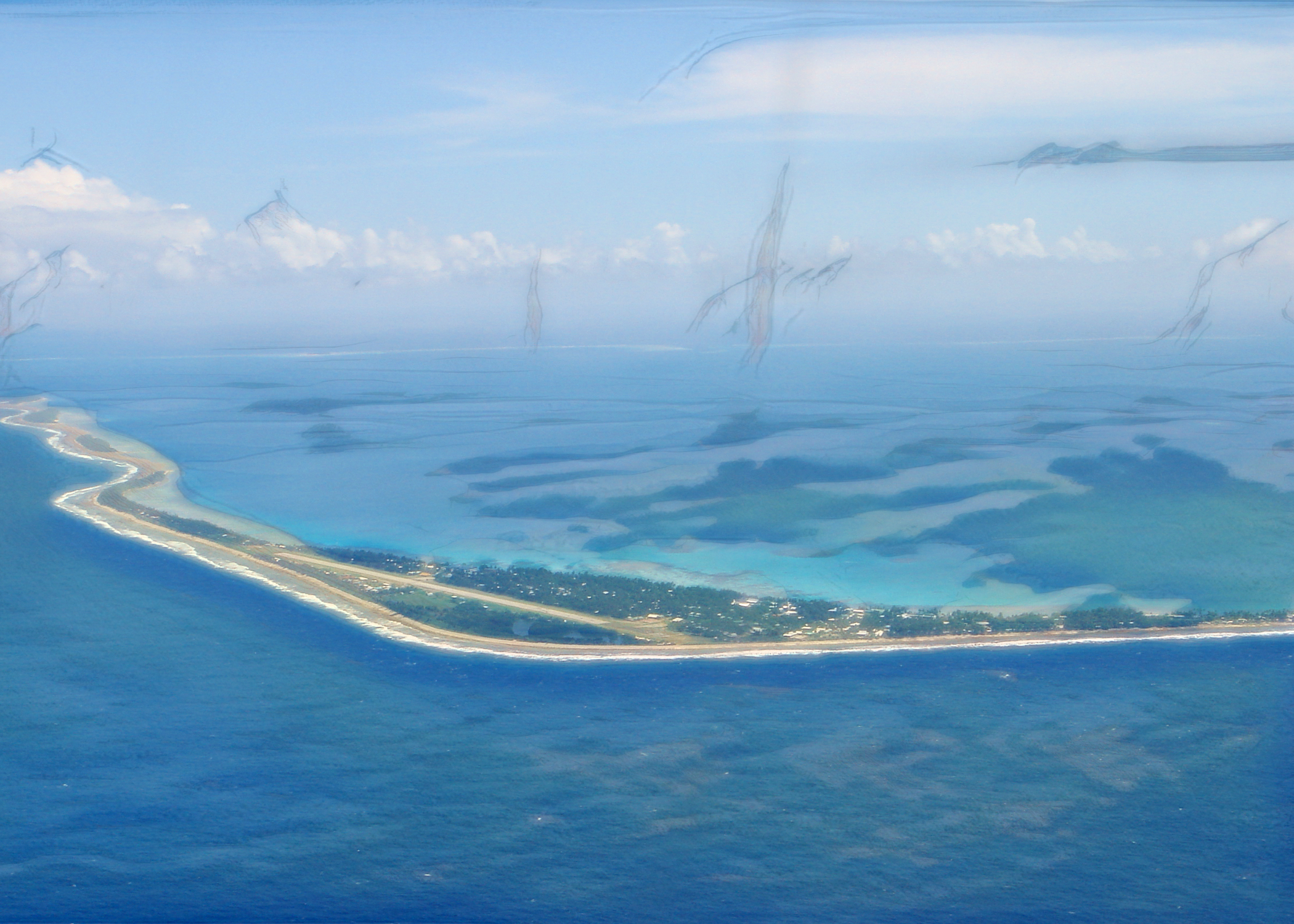
Europe fills the void
In February 2025, the newly elected US vice president JD Vance attended the Munich Security Conference and declared a culture war on Europe. In his speech, he accused European leaders of being afraid of their voters and claimed that the biggest threat to Europe is not Russia or China but internal attempts at ”censoring democracy”. He was referring to the cancellation of the Romanian election results from late 2024. The tone of Vance's speech was stunningly disrespectful and left many in the audience in dismay.
If the new US administration sought to make it clear to Europeans that the transatlantic friendship is over, they could not have chosen a better way. Combined with a long list of demands delivered by the new US secretary of defence Pete Hegseth during his first visit to NATO headquarters in Brussels this February, Europeans realised that the US under Trump does not have Europe's best interests at heart.
Turning pressure into purpose
However, likely without realising it, the US actually presented a perfect formula for real European strategic autonomy. Hegseth's main demands included Europe taking full responsibility for the continent's security with no or minimal US contributions, investing in its capabilities accordingly, and building up an efficient defence industrial base. Europeans duly noted the US demands. And since then, Europe has been working extra hours to meet these targets.
Time is relative, and in terms of almost any European coordination effort – especially if new regulation is involved – six months is but a blink of an eye. And yet the sense of urgency, induced by the worst European nightmare, US abandonment, has triggered a series of previously unthinkable leaps forward.
The placating strategy adopted by European leaders to deal with Trump has obscured just how much Europe has done in a short time. Already in March, the European Commission presented the Readiness 2030 White Paper for European Defence, including the ReArm Europe initiative with an ambition to unlock €800 billion for defence investment. Ramping up support for Ukraine has been front and centre in the EU's new initiatives.
According to the Kiel Institute for the World Economy, which tracks Ukraine aid, Europe had filled the gap of missing US aid by April this year. The EU opened the new €150 billion SAFE (Security Action for Europe) financial instrument for member states in late May, with 18 countries applying for defence-related loans from the instrument by the first deadline in July. And the EU is working on EDIP (the European Defence Industry Programme) that is meant to bring short-term programmes into a coherent framework.
Beyond Brussels
Beyond EU initiatives, wider Europe has not been sitting on its hands either. The UK has played a central role in supporting Ukraine and is now back among the big European countries – not only in the old Western European E3 format with France and Germany, but also in the Weimar+ format, a diplomatic framework that includes Poland and a varying cast of others. Most importantly, this summer has seen a Franco-British rapprochement of previously unthinkable extent.
France and the UK have been leading the coalition of the willing, which was set up in response to Trump's efforts to push Ukraine into a ceasefire deal with Russia in early spring. The coalition has coordinated support for Ukraine and prepared military plans in case Trump succeeds in brokering a ceasefire, but the US refuses to take responsibility for its outcome. So far, the plans have remained untested.
The coalition has several advantages over NATO and the EU: Ukraine is already included, unlike in NATO, where its membership remains blocked. Hungary, which routinely stalls EU aid to Ukraine, never joined the coalition. The US has not been part of it either, apart from attending a meeting in July. A number of partners from the Indo-Pacific, such as Japan and Australia, are members of the coalition. US allies have thus established a forum without the US.
The coalition is expected to be institutionalised with a headquarters in Paris rotating to London after 12 months, in classic European style. It has convened regularly at the highest political (heads of state) and military (chiefs of defence) levels, and could evolve into a more permanent structure if needed.
Nuclear shift
Last but not least, France and the UK, Europe's only two nuclear powers, have agreed to begin coordinating their nuclear deterrents. A bilateral Nuclear Steering Group will cover all relevant areas, from policy to capabilities and operations.
This marks a historic shift for France, which has long rejected any such level of coordination with partners on its sovereign nuclear deterrent. France is, for example, the only NATO member that does not participate in the alliance's Nuclear Planning Group, a body where member states consult on nuclear policy.
So far, so good. Europe's main goal with Trump has been to buy time: a sudden and dramatic US withdrawal from NATO and Europe would open a dangerous window of vulnerability and possibly give Vladimir Putin bad ideas. In the six months since Vance's speech, Europe has used that time wisely.
But the downside of the strategy has been how it looks: repeatedly bending to ”daddy” Trump (if only rhetorically) makes Europe look weaker than it really is. The moment when Europe must find the courage to take a firmer stance, regardless of how ”special” its ties with the US may be, is getting closer with each of Trump's provocations.







